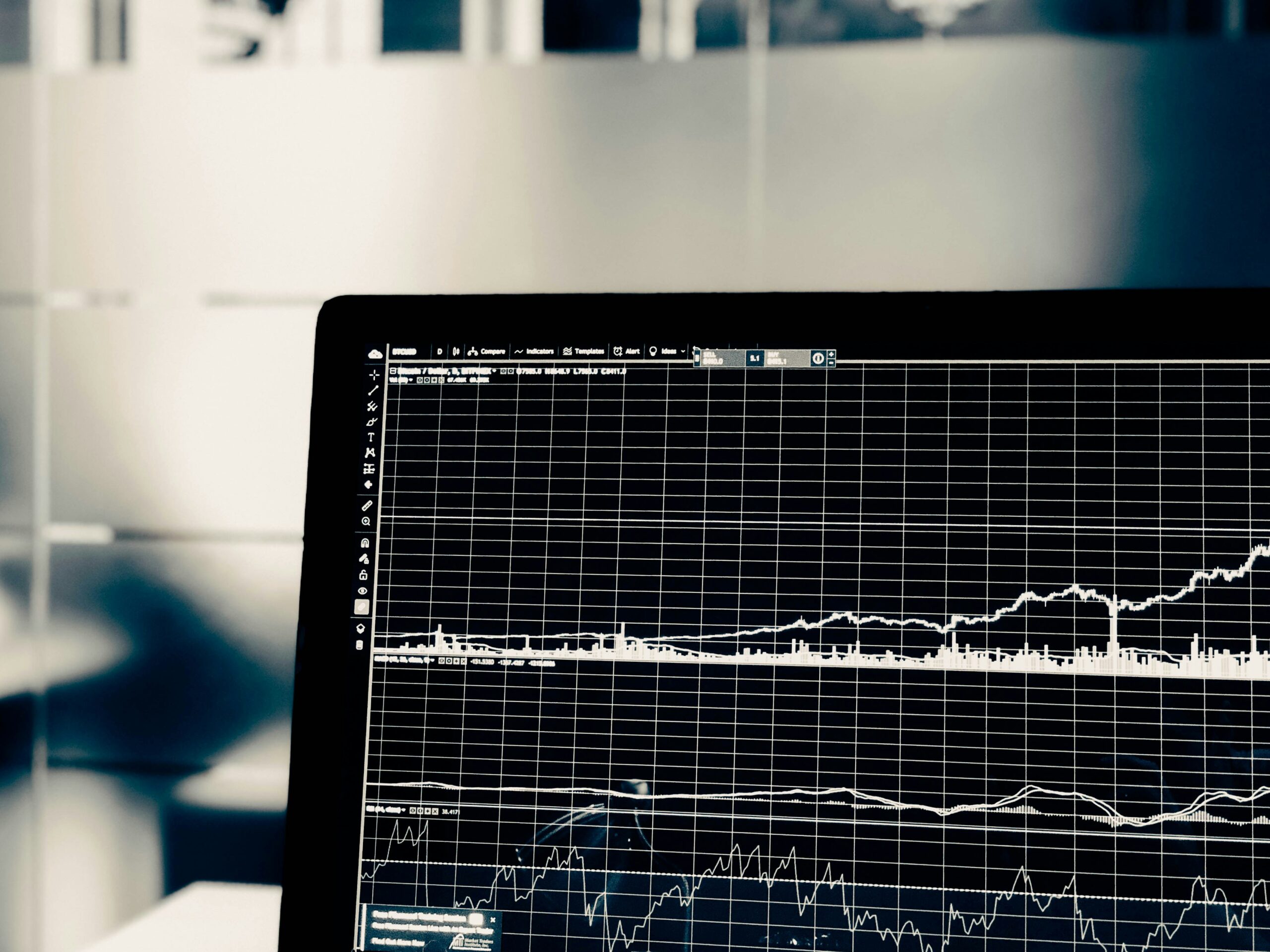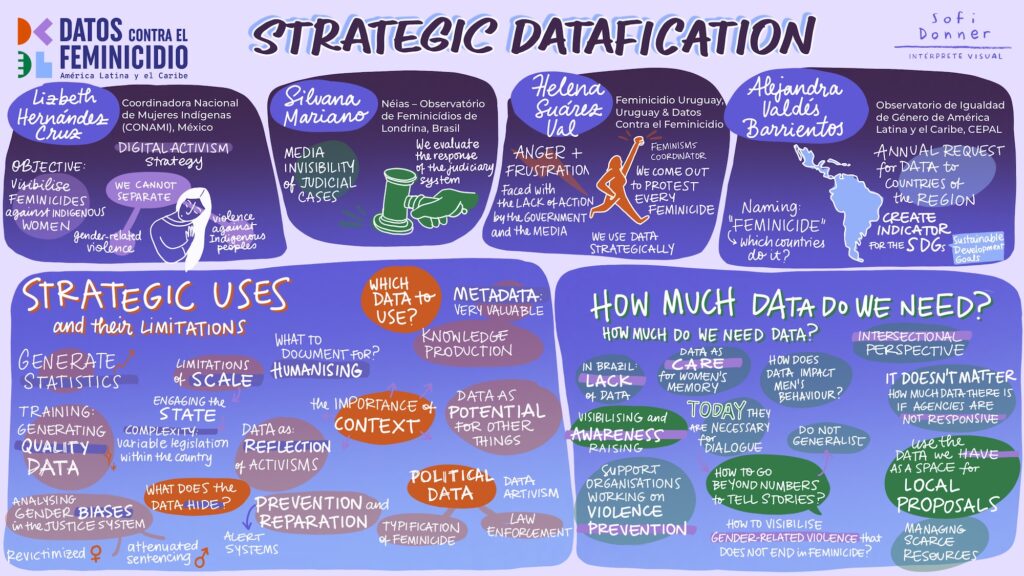
Strategic datafication
The 2023 Data Against Feminicide event opened a space for reflection and dialogue on both the strategic uses and limitations of data in the fight against feminicide. Recognizing its importance, the objective was to explore the intersection between the fight against feminicide and the relevance of data in this area. We asked ourselves: What types of data are currently collected? To what extent can data collection on feminicides make other forms of violence invisible? Does data collection take scarce resources away from prevention and support programs? How much data do we need to act?
Full video
Participants
- Lizbeth Hernández Cruz – National Coordinator of Indigenous Women (CONAMI), Mexico
- Silvana Mariano – Néias – Observatório de Feminicídios de Londrina, Brasil
- Helena Suárez Val – Feminicidio Uruguay & DCF
- Alejandra Valdés Barrientos – Latin American and the Caribbean Gender Equality Observatory, ECLAC
Visual summary

Reflections on the conversation
The strategic production of data against feminicide must make contexts visible, humanize data, and generate prevention and reparation actions.
The strategic use of data in the struggle against gender-related violence has been fundamental in Latin America, strengthening the argument for comprehensive laws and raising awareness about the importance of collecting information about feminicide.
Data play a crucial role in the production of knowledge on social issues such as feminicide, enabling us to advance the social and legal conversation.
It is important to consider context when collecting data on gender-based violence and feminicide to understand the underlying complexities and connections. It is essential to go beyond simply reporting cases to address the root causes and processes that generate these acts of violence.
Data are essential for dialogue and discussion, but it’s important to explore other forms of communication that don’t rely solely on quantification. Data artivism emerges as a strategy for interpreting data and generating social interventions from an artistic perspective. This raises the need to dedicate resources to visualizing other forms of violence and changing the conversation.

